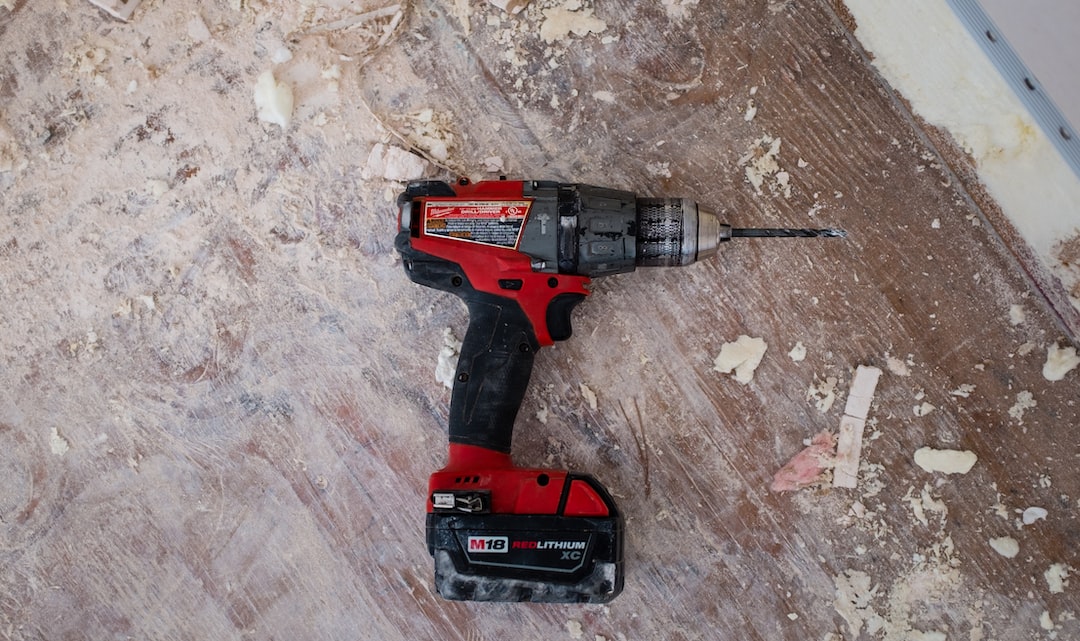The Role of Humidity in Indoor Comfort: A Residential Structural Analysis
When it comes to creating a comfortable indoor environment, factors like temperature and air quality often take center stage. However, one crucial element that is often overlooked is humidity. The humidity level in a living space can significantly impact the overall comfort and well-being of its occupants. In this article, we will explore the role of humidity in indoor comfort and analyze its effects through a residential structural analysis.
Humidity refers to the amount of moisture present in the air. In residential settings, it is essential to maintain a balanced humidity level for optimal comfort. High humidity can make a room feel sticky and uncomfortable, leading to an increased risk of mold growth and other moisture-related issues. On the other hand, low humidity can cause dryness, discomfort, and even health problems, particularly in the respiratory system.
A residential structural analysis can help us understand how humidity affects the various components of a dwelling. Let’s start with the building materials themselves. Excessive humidity can cause wood to warp and rot, compromising the integrity of the structure. It can also lead to corrosion and rusting of metal components, such as window frames and pipes. By conducting a thorough analysis, homeowners can identify potential vulnerability points and take necessary measures to prevent damage caused by excessive humidity.
Furthermore, humidity can impact the energy efficiency of a residential space. High humidity levels make it harder for the body to cool down through perspiration, leading to the increased use of air conditioning systems. This results in higher energy consumption and, consequently, higher electricity bills. By analyzing the humidity levels in a home, homeowners can identify areas where energy conservation measures are needed, such as sealing air leaks or installing dehumidifiers.
Moreover, understanding the role of humidity in indoor comfort can also help homeowners improve the air quality within their living spaces. High humidity can promote the growth of mold and dust mites, which are known to cause allergies and respiratory issues. By analyzing humidity levels, homeowners can identify potential areas that require better ventilation, such as bathrooms and kitchens, to reduce moisture build-up and improve air quality.
In conclusion, maintaining an optimal humidity level is crucial for achieving indoor comfort in residential settings. A thorough residential structural analysis can help homeowners identify potential vulnerabilities caused by excessive humidity, prevent structural damage, and improve energy efficiency. Moreover, understanding the role of humidity can help improve air quality and overall well-being within the living space. By giving due attention to humidity levels, homeowners can create a more comfortable, healthy, and pleasant living environment for themselves and their families.
Publisher Details:
Home | Danmark Engineering
https://www.danmarkengineering.com/
(330) 734-9331
1623 Raber Road, Ste b, Uniontown, Oh 44685
Home | Danmark Engineering
